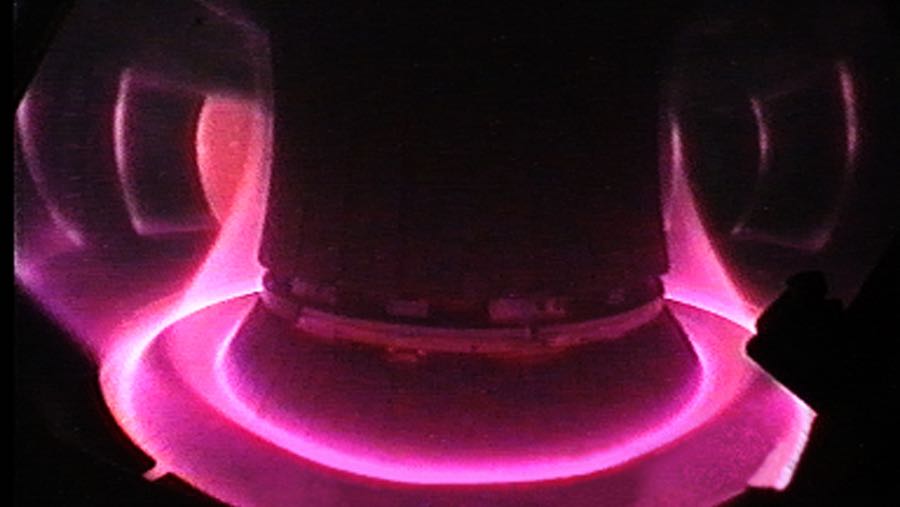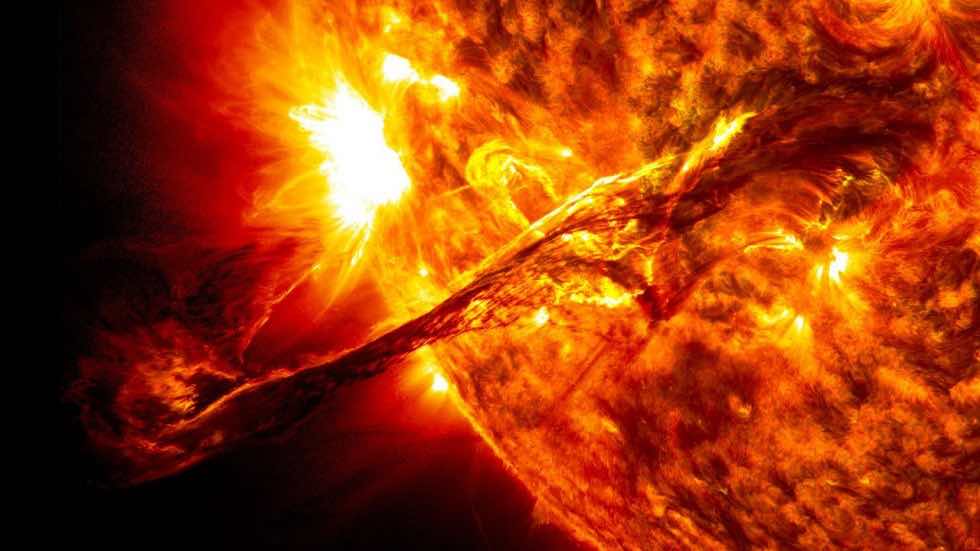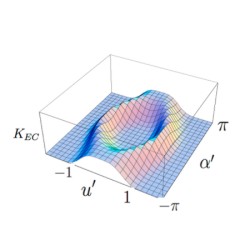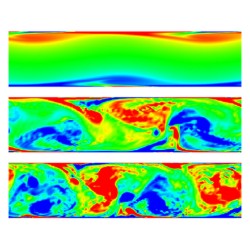Plasma Control
With the construction of ITER as the next step in the international fusion roadmap and the potential construction of a Fusion Pilot Plan (FPP) in the US, the engineering aspects of fusion are becoming increasingly important. Tokamaks are high order, distributed parameter, nonlinear systems with a large number of instabilities, so there are many extremely challenging mathematical modeling and control problems, which must be solved before a fusion power system becomes a viable entity. The development and sustainment of advanced plasma scenarios is a major pre-requisite for both ITER and prospective tokamak-based nuclear-fusion reactors. These advanced-tokamak (AT) modes of operation are characterized by high plasma pressure, long confinement times, MHD stability and low level of inductively driven plasma current, which allows steady-state operation. Robust integrated control of a large number of plasma properties is a critical technology needed to accomplish this pre-requisite and to guarantee disruption-free operation. The high dimensionality, nonlinearity and magnetic-kinetic coupling exhibited by the plasma dynamics in high-performance plasmas makes model-based control design the only possible way of tackling this challenging problem. The development of control-oriented models enables:
- Embedment of the physics of the plasma in the control-design process to take into account the plasma response to the different actuators;
- Development of control integration and actuator sharing strategies;
- Establishment of approaches towards both avoidance and mitigation of MHD instabilities;
- Enablement of both off-line and real-time physics-based optimization by exploiting continuously growing computational capabilities;
- Assessment in predictive simulations of the closed-loop performance of control solutions before experimental implementation a nd testing.
The development of such control-oriented models requires first advancing our physics understanding of the dynamics of these advanced plasmas.
The long-term research goal of the Lehigh University (LU) Plasma Control Laboratory is to contribute from academia to this important, and at the same time rather underdeveloped, research niche in fusion energy by (i) developing control-oriented predictive models and simulation tools; (ii) introducing advanced control techniques as tools to elucidate the physics of fusion plasmas and to enable power generation; (iii) develop- ing fusion-driven control theory; (iv) supporting the work in this area at the U.S. fusion facilities; (v) providing the expertise developed here in the U.S. to international tokamaks through collaboration agreements. Areas of active research include:
Anomalous Transport Modeling
MHD Equilibrium Solvers
Physics-based Control-oriented Modeling
Fast Equilibrium+Transport Simulators
Model-based Scenario Planning
Control of Internal Plasma Profiles
Nonlinear Fueling & Burn Control
Core-Boundary Kinetic Control
Control Integration & Actuator Sharing



